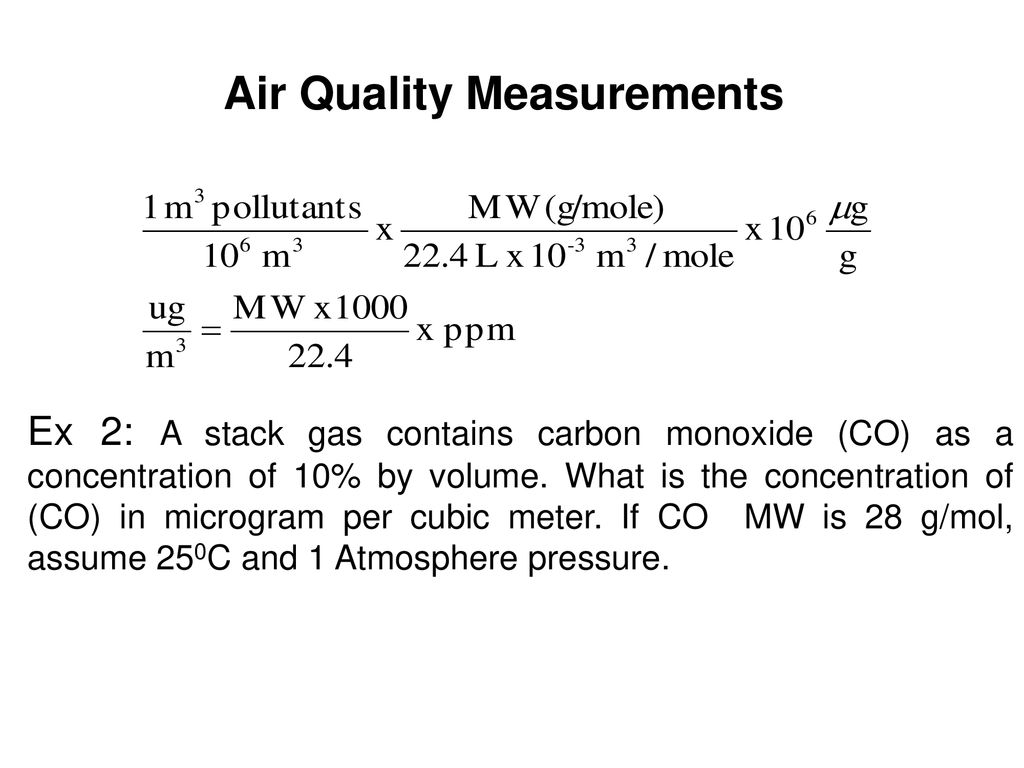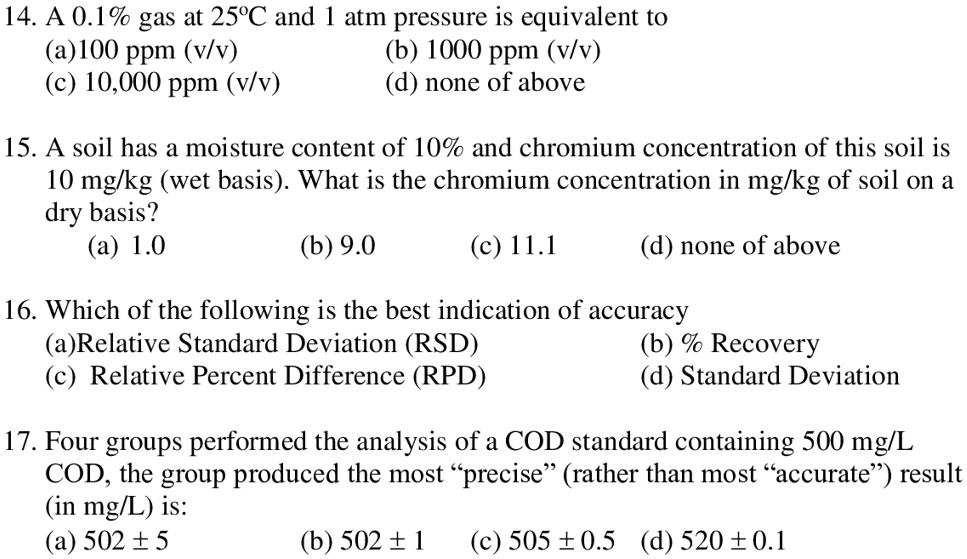

When ppm is used as a measure for the suspended particle concentration, it is therefore very important to specify if the concentrations are ppm BY VOLUME or ppm BY MASS, to facilitate comparisons with data where the concentrations are reported in µl/l or mg/l.ĭo you have a need for an instrument that can measure particle concentration? Have a look at our LISST-Portable|XR laser for laboratory use, our LISST-200X laser for field and submersible use, or our LISST-AOBS that measures concentration using acoustics. For example, a sample with a mass concentration of 100 mg/l will have a volume concentration of 38 µl/l.

To convert from ppm by mass to ppm by volume, divide by the density of the particles. For example, a sample with a volume concentration of 25 µl/l will have a mass concentration of 25*2.65 = 66 mg/l. For mineral grains (clay, silt and sand sizes), this will typically be 2.65 g/cm3. To convert from ppm by volume to ppm by mass, multiply by the density of the particles. However, if ppm is expressed as THE MASS of particles in a unit volume of water, then ppm BY MASS is equal to mg/l. If ppm is expressed as THE VOLUME of particles to a unit volume of water, then ppm BY VOLUME is equal to µl/l. But what parts? The amount of particles in a suspension can be expressed as the total volume OR total mass of particles in a unit volume of water AND THESE TWO NUMBERS WILL ONLY BE THE SAME IF THE DENSITY OF THE PARTICLES IS 1 g/cm3. The dissolved gas and the undissolved gas are in equilibrium. The amount that dissolves at a particular temperature depends on the pressure, or partial pressure, of the gas. Vapor: Ammonia, water etc.Ppm means parts-per-million. When any gas is in contact with water, some gas will dissolve in the water. The empirical portion comes from the fact that vapor pressure of water vapor isĪnd this general relationship is valid for any system of non-condensible gas and a (condensible) vapor. So, ppm = Moles of water vapor / Total Moles times 10 6 This is why you set the total pressure in the instrument. (Partial pressure of water vapor/Total pressure) Observe that you need to know the total pressure to calculate this ratio. So, from above, you can calculate the Moles of water vapor / Total Moles. If you know the dew point, then read the vapor pressure of water vaporįrom a standard vapor pressure chart or use a correlation as suggested earlierĪt condensation, partial presure of water vapor can be replaced by the vapor pressure of water vapor Volume of water vapor/ Total Volume = Partial pressure of water vapor/ Total pressure This is because vapor pressure is a function of temperature.Īs you decrease temperature, the vapor pressure decreases. There will be a temperature at which the partial pressure of water equals the vapor pressure When a mixture of non-condensible gas and water vapor is progressively cooled, Partial pressure of water=Vapor pressure of water at that temperature The first drop of water condenses at a temperature when The moisture ppm and moisture dewpoint are related from first principles. I hope this addresses your specific problem and aids you in identifying the problem you are facing with your instrument. Bernard pinpointed the classic formulation (Goff-Gratch Equation) and gives you a source for the background as well as the historical trials and tribulations that have occurred in arriving at this stage in trying to identify the vapor pressure of water in gases at low temperatures with accuracy.įor tabulations of ppmV versus Dewpoint go to:Īnd for a means to calculate the specific value on-line, go to: You can find a lot of useful information on the subject of Saturation Vapor Pressure formulations - which is the underlying theory for the moisture dewpoint of a gas - on the Internet. I believe it will take you directly to the indicated webpage now. Your reference URL wasn't working for some reason, so I fixed it. Thanks for the useful and instructive information.


 0 kommentar(er)
0 kommentar(er)
